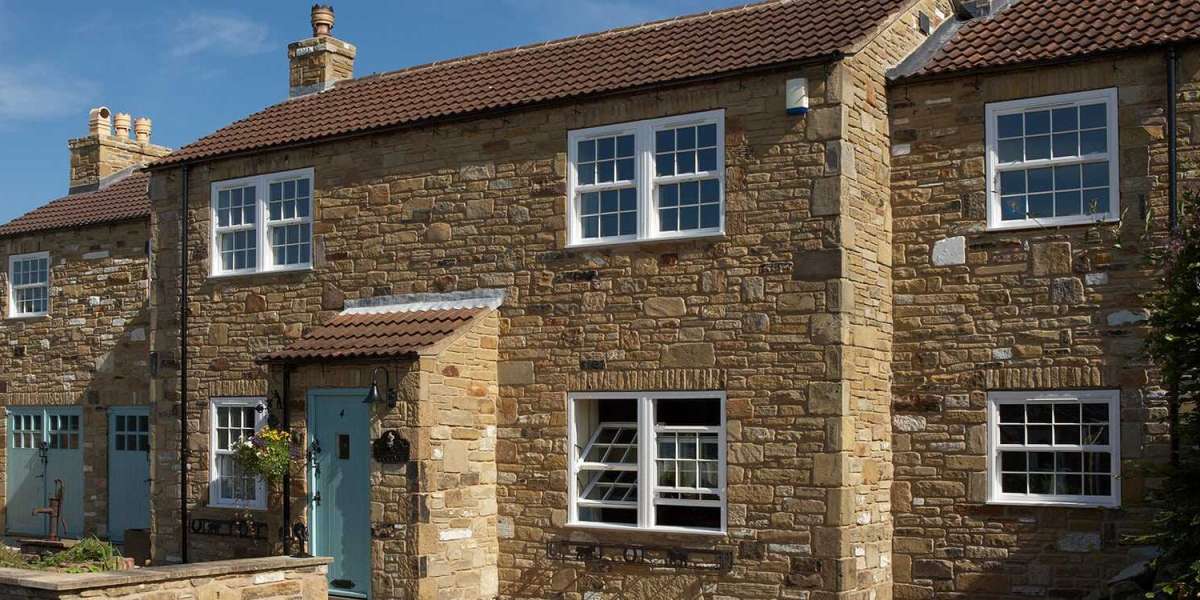Mastering Electric Screwdriver Speed Settings: A Comprehensive Guide for Beginners is an essential skill for anyone working with electric screwdrivers. Understanding how to adjust the speed settings can greatly improve efficiency and accuracy in various tasks. In this guide, we will explore the different speed settings and provide valuable insights on how to master them.

Understanding the Basics
Before diving into the specifics of electric screwdriver speed settings, it is important to have a basic understanding of how these tools work. Electric screwdrivers are designed to provide controlled torque and rotational force to drive screws into different materials. The speed settings determine the rotational speed of the screwdriver, which can be adjusted to suit different tasks and materials.
Types of Speed Settings
There are typically two types of speed settings found in electric screwdrivers: variable speed and single speed. Variable speed screwdrivers allow you to adjust the rotational speed according to your needs. This versatility makes them suitable for a wide range of applications. On the other hand, single speed screwdrivers have a fixed rotational speed, which is usually set at a moderate level suitable for general tasks.
Mastering Variable Speed Settings
Variable speed settings offer greater control and precision, especially when working with delicate materials or when driving screws into different depths. To master variable speed settings, it is important to understand the relationship between speed and torque. Lower speeds provide higher torque, which is useful for driving screws into harder materials. Higher speeds, on the other hand, are ideal for faster screwing in softer materials.
For example, when working with hardwood, it is recommended to start at a lower speed to ensure the screw is driven in without splitting the wood. Once the screw is partially inserted, you can increase the speed to finish the job quickly. On the other hand, when working with soft materials like drywall, higher speeds can be used to drive screws in swiftly without damaging the material.
Single Speed Settings for Simplicity
Single speed settings are often preferred for their simplicity and ease of use. These screwdrivers are typically set at a moderate speed that is suitable for most tasks. They are ideal for beginners who are just starting to familiarize themselves with electric screwdrivers. While they may lack the versatility of variable speed settings, single speed screwdrivers are reliable and efficient for everyday tasks.
Conclusion
Mastering Electric Screwdriver Speed Settings: A Comprehensive Guide for Beginners is crucial for anyone looking to maximize the efficiency and accuracy of their work. By understanding the basics of electric screwdrivers and the different speed settings available, you can choose the right setting for each task and material. Whether you opt for variable speed or single speed screwdrivers, practice and experimentation will help you become proficient in adjusting the speed settings to achieve optimal results.
Useful Resources:
For more information on electric screwdriver speed settings, check out the following resources:







